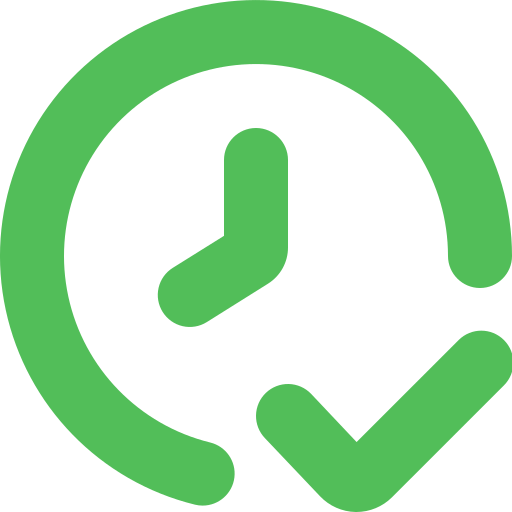Please describe your proposed solution.
> TLDR / Summary:
> The "Framework for Real World Asset Authenticity" is a proposed solution that leverages Atala PRISM and tokenization to ensure the authenticity of real-world assets in the Cardano ecosystem.
>
> The framework will provide a reliable, scalable, and decentralized method for verifying the authenticity of assets prior to their tokenization, thereby enhancing trust and security in the ecosystem.
>
> The development of this framework will be led by Patrick Tobler, the founder of NMKR, and his team.
Detailed Description:
The primary issues that the "Framework for Real World Asset Authenticity" aims to address are:
- Lack of Authenticity Verification: In the current system, there is no reliable way to verify the authenticity of real-world assets before they are tokenized. This can lead to fraud and mistrust in the ecosystem. Our framework will provide a robust and reliable method for verifying the authenticity of assets, thereby preventing fraud and enhancing trust.
- Limited Access to Authenticity Information: Currently, it is difficult for users to access reliable information about the authenticity of tokenized assets. Our framework will make this information easily accessible to all users, thereby promoting transparency and informed decision-making.
- Low Engagement in Asset Tokenization: Due to the lack of a reliable authenticity verification mechanism, many potential asset owners may be hesitant to tokenize their assets. By providing a reliable and user-friendly authenticity verification framework, we aim to encourage more asset owners to tokenize their assets, thereby increasing engagement in asset tokenization.
- Accountability: Our framework will provide a transparent and auditable record of authenticity verifications, thereby holding asset owners and authenticity verifiers accountable for their actions.
- Information Asymmetry: Our framework will provide a centralized place where users can find detailed information about the authenticity of tokenized assets, thereby reducing information asymmetry and promoting informed decision-making.
What does this solution look like?
We will develop a comprehensive framework that leverages Atala PRISM for verifying the authenticity of real-world assets. This framework will facilitate the tokenization of these assets on the Cardano blockchain by ensuring their authenticity, thereby preventing fraud and enhancing trust in the ecosystem.
The framework will include features for ownership verification, asset authenticity confirmation, regulatory compliance, access control, and traceability. It will be designed to be scalable, secure, and user-friendly, making it easy for asset owners and other stakeholders to use.
How does your proposed solution address the challenge and what benefits will this bring to the Cardano ecosystem?
The solution addresses the challenge by providing a reliable mechanism for verifying the authenticity of real-world assets, which is a key requirement for their tokenization.
This will benefit the Cardano ecosystem by enhancing trust and security, facilitating regulatory compliance, and enabling the tokenization of a wider range of assets.
It will also open up new opportunities for businesses and individuals to tokenize their assets, potentially leading to an increase in the overall value of assets tokenized on the Cardano blockchain
How do you intend to measure the success of your project?
The success of the project will be measured by the number of real-world assets verified using the framework, the volume of these assets tokenized on the Cardano blockchain, and the feedback from users and stakeholders.
We will also track metrics related to the usage of the framework, such as the number of asset owners using it and the number of authenticity verifications performed.
Please describe your plans to share the outputs and results of your project?
The outputs and results of the project will be shared through regular updates on our website and GitHub repository.
We will also engage with the community through forums and social media to gather feedback and make improvements.
In addition, we will publish detailed reports on the project's progress and outcomes, and we will present our findings at relevant conferences and events.

